Description
Ship’s wheel from the SS David O. Saylor, which was part of the D-Day invasion force on
June 6th, 1944, offering fire support for the landing troops. On June 8th she was scuttled
off Utah Beach to create the “Gooseberry 1″ breakwater. With the exposed waters off the
Normandy coast, it was necessary to create protected waters and harbors for the supply
ships necessary to support the landings and their subsequent advance until a port could
be captured. Gooseberry 1 was the breakwater off of Utah Beach, created by sinking 10
blockships. The SS David O. Saylor was a concrete cargo steamship built in 1943 by
McCloskey Shipbuilders of Hooker’s Point, Tampa, Florida. A sailor on board the SS
Vitruvius, a sister ship also present with the Saylor, recounted the event. He wrote, in
part: “One day Army Engineers came aboard with several cases of dynamite and set up
charges in each hold. On June 1 we headed out to sea. About two days out, the Captain
called all hands on deck to read a letter from General Dwight D. Eisenhower telling us we
would be making history — participating in the invasion of Normandy. We rendezvoused
at Portsmouth, England with the others destined to be “blockships.” Crossing the channel
on D-Day was not a big problem for us… The coast of France was a sight to behold.
Ships everywhere. Battleships with guns blasting the shoreline. Destroyers, destroyer
escorts and every kind of landing craft imaginable. The day was cloudy, but occasionally
a plane would stick its nose through the clouds and every ship, including ours, would fire
their 20 mm Oerlikons. It was the 4th of July multiplied tenfold. We had a bird’s-eye view
of landing craft heading for shore, the fighting on the beach and bodies floating in the
water. I was sure glad to be on a ship — even if it was concrete. On D-Day+1 we tried to
maneuver to our assigned position, but German 88s started exploding around us. We got
out of there just in time. We tried again on D-Day+3 with the same results. On D-Day+4
we went in without any problem. We got off the ship into an LCI and watched army
engineers set off the dynamite. A big puff of smoke and she sank quickly in the shallow
water with about half the ship still showing.”
The David O. Saylor was forced to withdraw from Utah Beach because of heavy artillery
fire which was straddling her on June 7. She was also forced to withdraw once on June 8
but was successfully scuttled in the afternoon. Her Armed Guards left on June 13.
Another sailor witnessing events from the shore was Lieutenant LeRoy Arthur Gemmell,
a chaplain attached to the Navy Seabees on the beach. Shortly after the ships of
“Gooseberry 1″ sank, he boarded the partially submerged SS Saylor and, with the help of
Chief Alex Brodie, removed the ship’s wheel as a souvenir of the invasion. The
mahogany wheel is of fine quality and condition, with contrasting strips of inlaid holly,
measuring approximately 36″ in diameter with a 6” brass spindle. A circular brass
manufacturer’s plate mounted to the wheel is engraved “American Engineering Co.
Phila.” The historic wheel has been in the Gemmell family since 1944. Lt. Gemmell also
served aboard the USS General George M. Randall (AP-115), a Navy troopship
(1944-1945) and the light cruiser USS Denver (CL 58) from 1945-1946. Included with the
wheel are several newspaper clippings, numerous personal photographs and a cruise
book for the USS Denver titled Life Aboard the U.S.S. Denver 1942-1945. Laid-in the
book is Gemmell’s commission document signed by Franklin Knox, Secretary of the
Navy. Includes wall mount and a central brass plate engraved “Utah Beach/SS David O.
Saylor/June 8, 1944″. As more and more of our WWII veterans are passing away,
interest and demand for historical WWII relics is increasing and driving prices to record
highs. A badly tattered 48-star US flag taken from an LST (Landing Ship, Tank) present
at the D-Day landings recently brought $386,500 at auction and another tattered flag from
an LCC (Landing Craft Control) at Utah Beach just sold for $514,000 at auction. This
ship’s wheel was witness to the same historical event and comes with similar
provenance, yet is a far more attractive display item at a small fraction of the price.
DAVID O. SAYLOR (s/v) Yard No.2 (MC Hull No.1446)
Build: 1943.11.
4.690 grt, 3.248 nrt.
Dim: 107,74 x 16,45 x 9,81 m.
Engine: T 3-cyl. Prescott Mchy. Co., Menominee, Michigan. (Mchy. Aft)
Owners: 1943, United States Maritime Commission, Tampa, Florida.
1944.06.08: Sunk as a breakwater, Utah Beach, Normandy.
(This vessel and VITRUVIUS formed part of the small convoy CK2 which sailed from
Charleston on 7 April 1944 bound for the UK, and arrived safely at Milford Haven on 13
may after crossing of some 37 days. The Convoy consisted of two floating cranes in tow
of the V4-type tug HILLSBORO INLET, a dredger in tow of the US Army tug LT 23, the
small cargo vessel JULIUS H. BARNES (1940, 1.623 grt) the VITRUVIUS carrying
lumber and the DAVID O. SAYLOR with a cargo of superphosphates.)


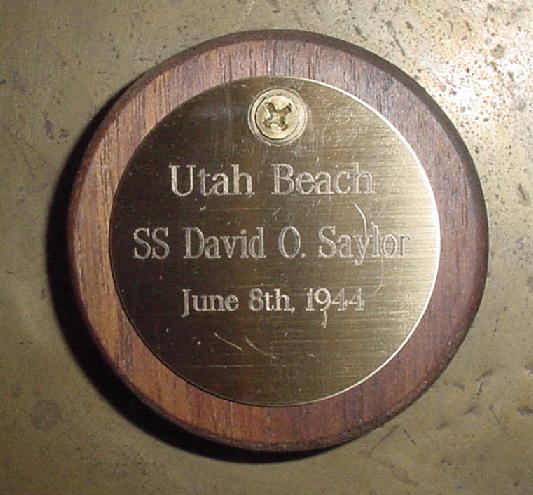
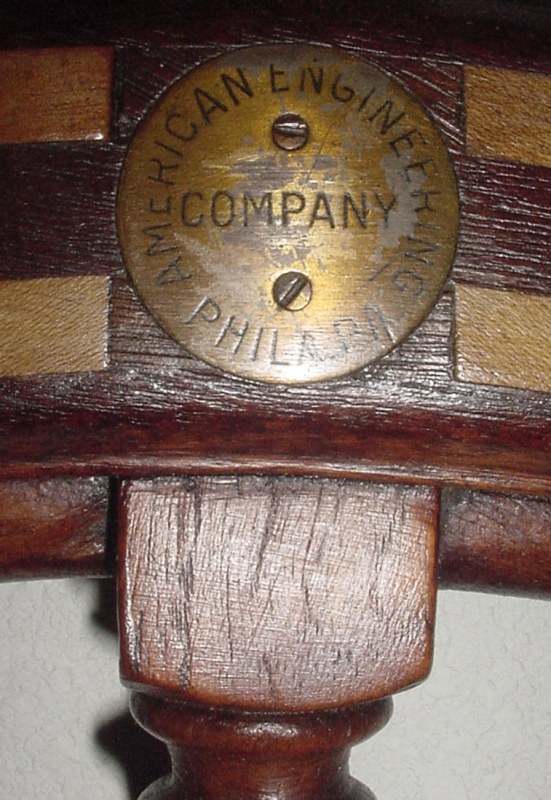
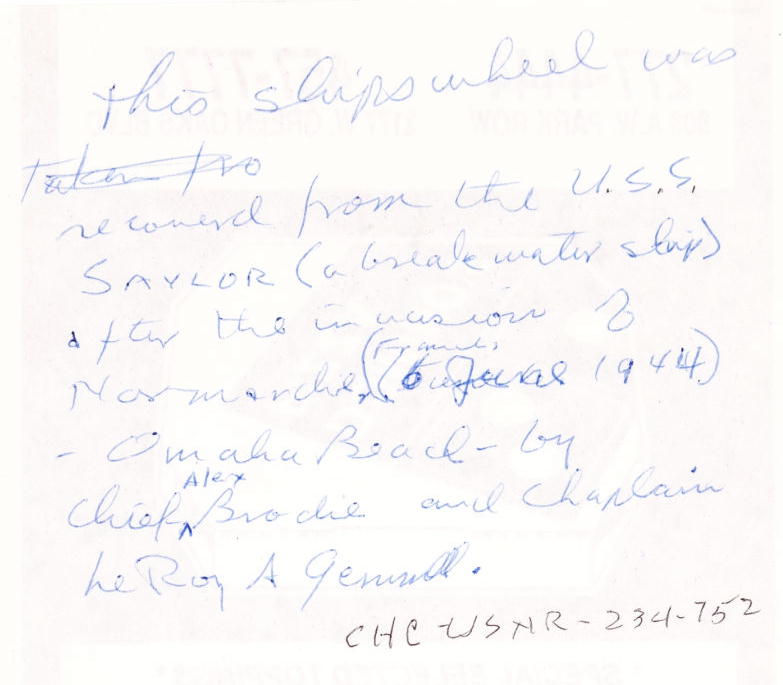
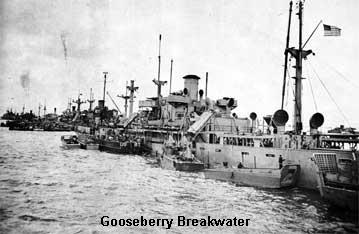

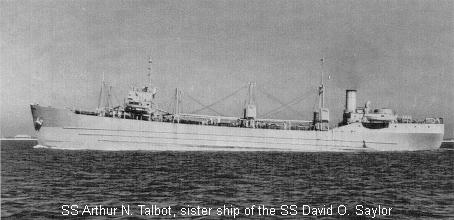





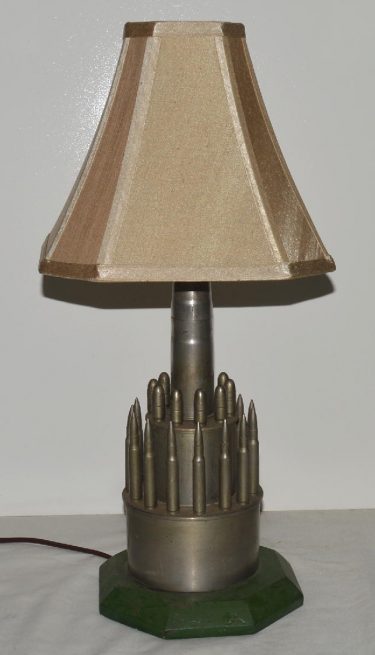 WWII Trench Art Lamp
WWII Trench Art Lamp 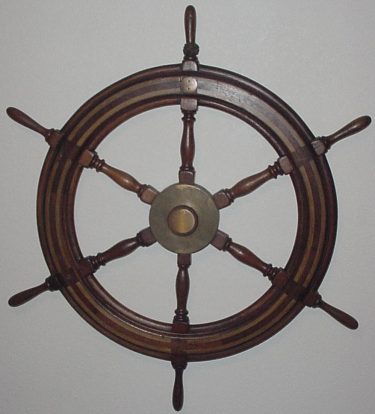 Ship’s Wheel from D-Day Blockship
Ship’s Wheel from D-Day Blockship 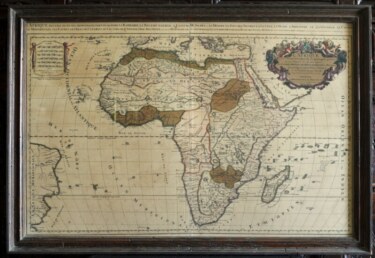 Large Map of Africa, “L’Afrique”, by Hubert Jaillot, Dated 1692
Large Map of Africa, “L’Afrique”, by Hubert Jaillot, Dated 1692  WWII Nazi German Army Heer Officer’s Lion Head Sword
WWII Nazi German Army Heer Officer’s Lion Head Sword